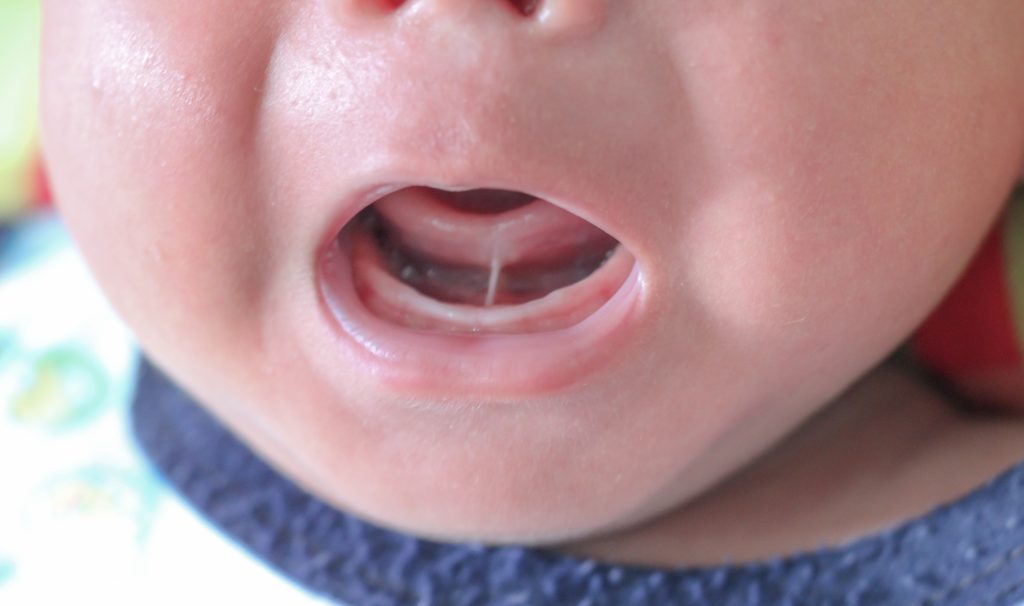Explore This Issue
April 2023In 2020, a clinical consensus statement was published by the American Academy of Otolaryngology–Head and Neck Surgery (AAO-HNS) on ankyloglossia in children (Otolaryngol Head Neck Surg. 2020;162:597–611). Fast forward to today, and the consensus statement, rather than being a guideline, reflects “that there is still a great deal of controversy and research needed in the area of ankyloglossia,” said Anna H. Messner, MD, lead author of the article.
“Otolaryngologists are completely on board that everybody has a frenulum and that just having a frenulum does not mean you’re tongue tied,” said Dr. Messner, a professor at Baylor College of Medicine and division chief of otolaryngology–head and neck surgery at Texas Children’s Hospital in Houston.
Interest in the treatment of ankyloglossia (tongue tie) has continued to grow since ENTtoday first reported the rise in diagnosis and treatment in 2019 (www.enttoday.org/article/explainingthe- dramatic-rise-in-tongue-tie-andlip- tie-treatment). One of the disputes among clinicians has been on how to define tongue tie. In recent years, the definition has generally been divided into two classifications: anterior (types 1 and 2) and posterior (types 3 and 4).
There’s no controversy surrounding the diagnosis of type 1 or type 2 tongue tie, the experts agreed. The definition of posterior tongue tie, however, is extremely controversial, Dr. Messner noted. The consensus statement defines ankyloglossia “as a condition of limited tongue mobility caused by a restrictive lingual frenulum.” Anterior tongue tie refers to a lingual frenulum that extends to the tip of the tongue, or near the tip, that restricts tongue mobility, the consensus statement said.
The consensus group, however, was unable to reach agreement on the definition of posterior ankyloglossia or a grading system for ankyloglossia. “Typically, the term ‘posterior ankyloglossia’ describes a lingual frenulum that attaches to the posterior aspect of the tongue and decreases tongue mobility,” stated the consensus group.
A New Definition
However, one proponent of the diagnosis of posterior ankyloglossia has argued that posterior tongue tie is really a misnomer. “If you ask 100 otolaryngologists to point to where a posterior tongue tie is, the majority would think it’s back by the tonsils. It isn’t the back of the tongue; it’s the middle of the tongue,” noted Bobak A. Ghaheri, MD, an otolaryngologist at the Oregon Clinic in Portland, Ore. Posterior tongue tie is the less visibly obvious type. “You need to evaluate the function of the middle of the tongue,” he said. “Can it move up [toward the roof of the mouth], which is what’s needed for successful breast and bottle feeding? Once you understand the function of the tongue, then you look for a limitation of function.”
